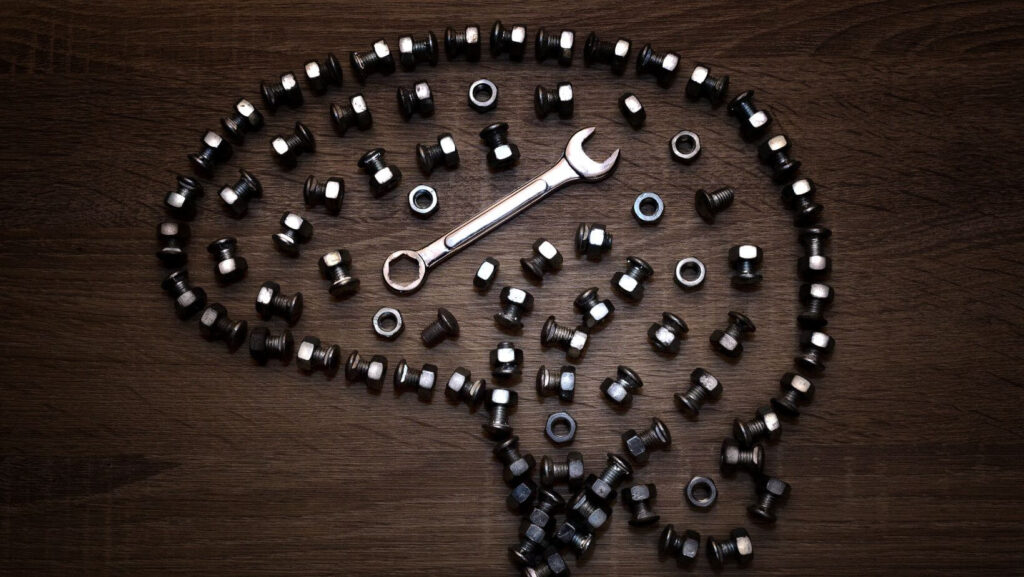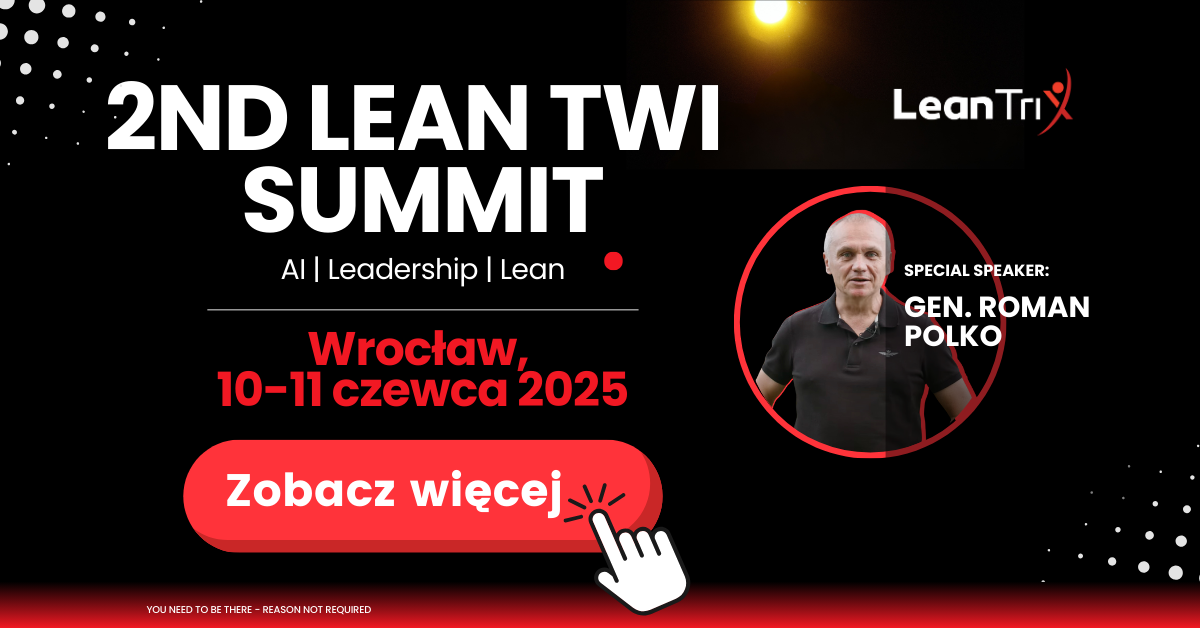Table of Contents
ToggleWhat is TPM – Concept
Implementation of TPM
Implementing this method requires the involvement of the entire organization, from management and engineers to machine operators. Within TPM, a variety of tools and methods are used, including:
- TPM inspections – regular inspections and maintenance of equipment to prevent breakdowns and extend their lifespan.
- 5S – a system of organizing and managing the workspace to streamline processes by eliminating waste and improving organization.
- Kaizen – an approach to continuous improvement that assumes every employee can contribute valuable suggestions and ideas for process improvement.
- SMED (Single Minute Exchange of Die) – a method for reducing machine changeover time, which translates into greater production flexibility and lower costs.
- OEE (Overall Equipment Effectiveness) – a measure of equipment efficiency that helps identify areas for improvement.
Benefits of TPM
The implementation of Total Productive Maintenance in a manufacturing setting brings about a multitude of benefits, significantly enhancing the overall operational efficiency and productivity of the facility. These benefits, while extensive, require a well-thought-out strategy including thorough employee training, clear goal setting, and strong support from management. Here’s a detailed look at the key advantages of implementing TPM.
Improved Productivity
One of the most immediate benefits of TPM is the noticeable increase in productivity. By proactively maintaining equipment and reducing the frequency of breakdowns, TPM ensures that machinery operates at its optimal capacity. This leads to a smoother production process with fewer interruptions, enhancing output and efficiency.
Enhanced Product Quality
TPM directly contributes to the improvement of product quality. Regular maintenance and inspections help in identifying and correcting minor issues before they escalate into significant problems. This proactive approach ensures that the manufacturing process consistently produces high-quality products, thereby boosting customer satisfaction and brand reputation.
Cost Reduction
While the initial implementation of TPM may require investment, over time, it significantly reduces operational costs. By minimizing equipment failures, reducing downtime, and extending the life of machinery, TPM lowers the expenses associated with repairs, replacements, and lost production time. Additionally, more efficient use of resources leads to cost savings in energy and materials.
Increased Workplace Safety
TPM places a strong emphasis on maintaining a safe working environment. Regular maintenance and inspections reduce the risk of accidents and injuries caused by equipment failure. A safer workplace not only protects employees but also contributes to higher morale and productivity.
Employee Engagement and Empowerment
Total Productive Maintenance fosters a culture where employees are actively engaged in the maintenance process. Training programs empower them with the skills and knowledge to identify and address potential issues, making them stakeholders in the operational success of the facility. This sense of ownership and involvement can lead to higher job satisfaction and a more motivated workforce.
Continuous Improvement Culture
TPM encourages a culture of continuous improvement. By regularly evaluating processes, identifying areas for improvement, and implementing changes, organizations can continuously adapt and optimize their operations. This ongoing process of refinement fosters innovation and keeps the company competitive in a dynamic market.
Conclusion – What is TPM
I have many years of experience in the automotive industry. I am equipped with knowledge of KAIZEN culture and philosophy, as well as improvement tools based on real industrial conditions. I know how to identify and reduce waste in a company using lean management methods and tools. I am prepared to implement Lean Management tools and improvements that focus on improving the quality, efficiency, and productivity of processes.








